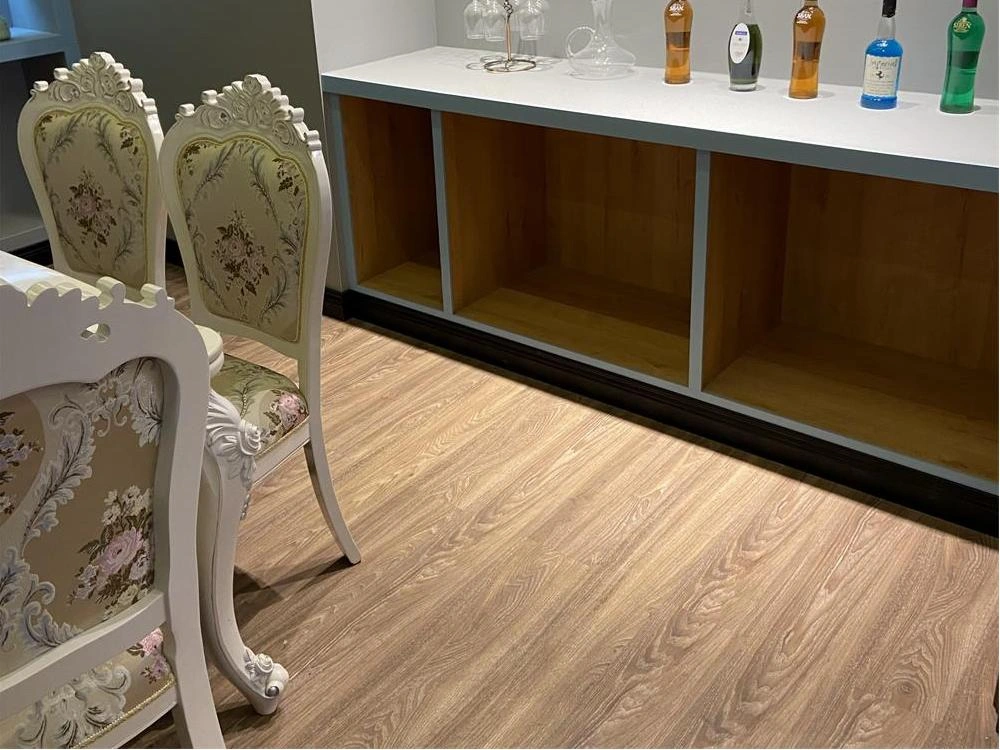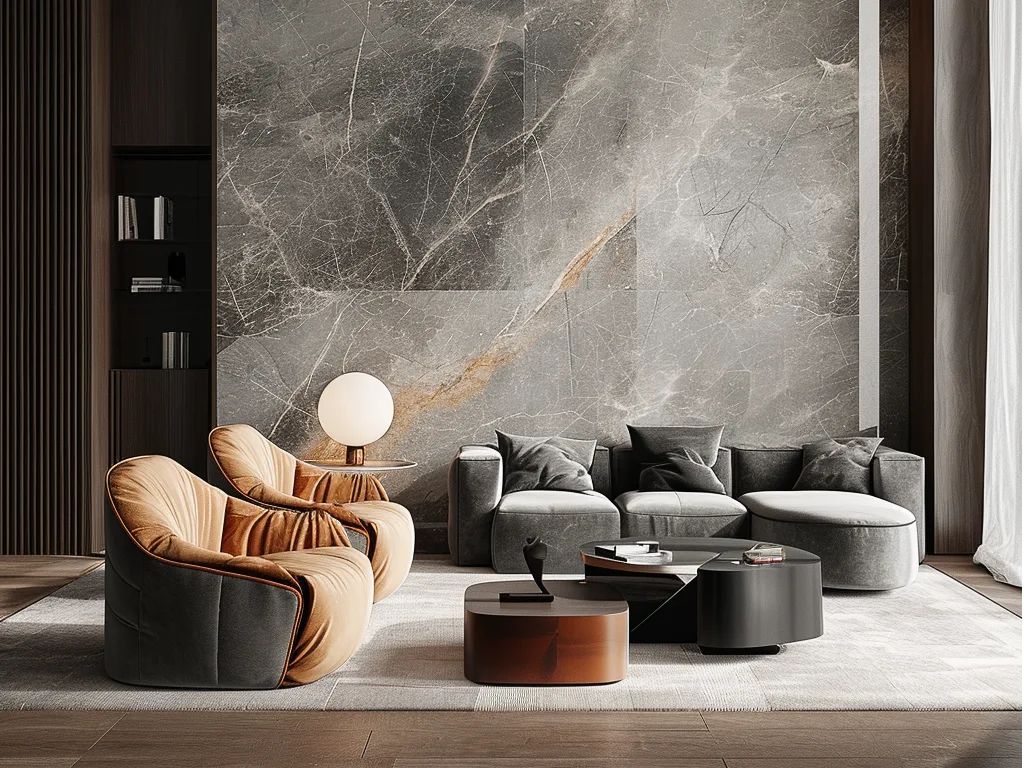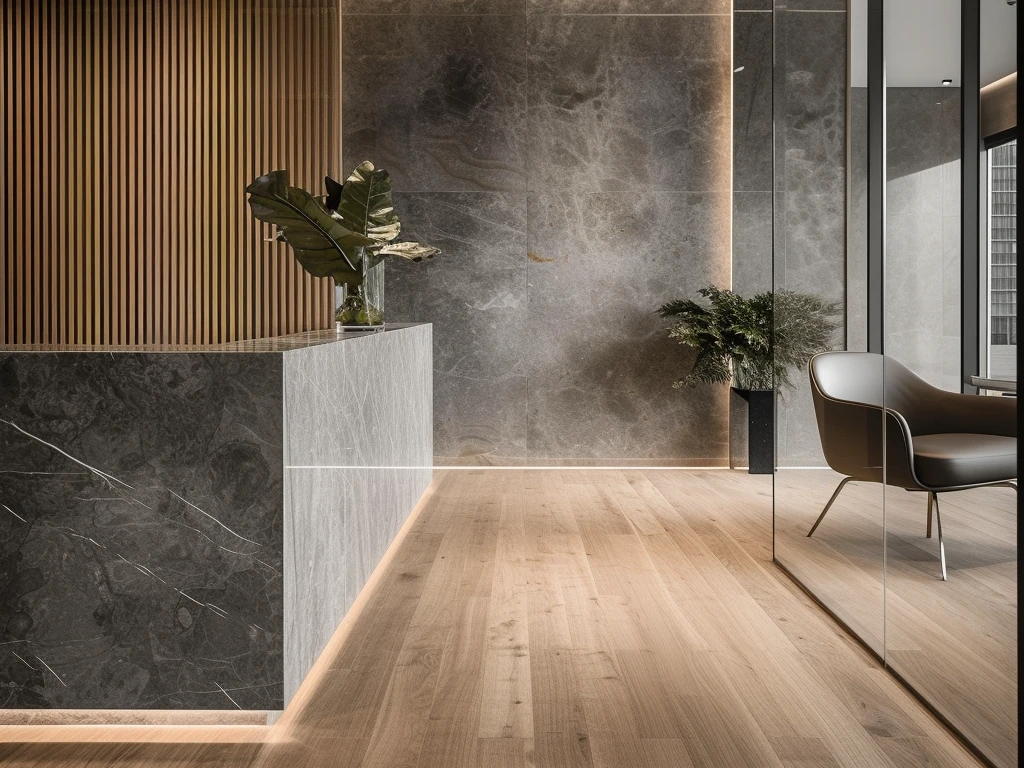Hotels by the sea face some of the toughest settings you can imagine. Salty breezes, constant dampness, and tough fire safety rules brew a real mess for managers. Old-school materials like timber, though easy on the eyes, often can’t handle the strain. This ramps up repair bills and leaves guests unhappy. Luckily, Wood Plastic Composite (WPC) wall panels bring a smart fix. They cut upkeep costs by as much as 60% while tackling moisture and fire threats directly. In this piece, we’ll dig into the special struggles of seaside hospitality, check out the clever design of WPC panels, look at a real-life example, and explain why Latitude Interiors’ WPC options stand out for hotel bosses.
1. Coastal Hospitality Struggles: The Sneaky Costs of Old Materials
Moisture Damage
Areas near the coast are known for heavy dampness. It quietly ruins typical building stuff. Research reveals that long-term wetness weakens strength, encourages mold, and spoils looks. For seaside hotels, this turns into real headaches—like moldy walls in rooms. Picture a medium-sized place on Florida’s Gulf Coast. Its teak panels grew stubborn mold patches in just two years. The team had to repaint and swap out parts over and over. This hurt the hotel’s good name and ate up its repair funds. Numbers show dampness can speed up wear by 30-50% in coastal spots. That makes regular wood a gamble.
Fire Safety Rules
Fire protection adds more trouble. Regular lumber has a hard time meeting today’s rules, like China’s GB/T5137.3 fire test. This checks how flames spread, heat escapes, and smoke builds. Untreated wood catches fire fast and burns hard. That’s a big danger in busy places like hotels. Breaking these rules can mean big fines or forced fixes. It might even push insurance rates up. Say a hotel uses plain pine cladding. It could fail a safety check. Then, surprise costs pop up to update things. These pressures prove looks alone don’t cut it with outdated picks.
Upkeep Woes
Keeping old materials going weighs heavy on hotel budgets. Experts figure coastal spots spend about $12,000 yearly per 100 square meters on fixes. This covers mold cleanup, sanding, sealing, and repainting—standard chores for wood in wet, salty air. For a 500-square-meter spot, that’s $60,000 a year just to keep walls decent. These costs chip away at profits. They also pull cash from improving guest stays. It’s no wonder hotel folks are hunting for a cheaper way out.
2. WPC Wall Panels: Clever Fixes for Coastal Spots
Material Breakthrough
WPC panels shine as a win for modern building smarts. They mix wood bits with plastics using co-extrusion tricks. This builds a tough blend with a sun-shielding top and a sturdy heart, made for rough seaside life. Unlike old wood, which soaks up 15% water, WPC barely takes in 0.5%. Tests prove this water resistance stops mold and rot that bug wooden insides. It’s a perfect match for hotels fighting dampness.
Fire Protection
Safety matters most in hospitality. WPC steps up with a B1-grade fireproof stamp. This means it burns 70% slower than regular lumber. It fits global safety rules just fine. Practically, WPC slows flames down. That gives guests and workers key escape time and cuts property harm. For coastal hotels, this means cheaper insurance and better rule-following, like with GB/T5137.3. It’s a win for both safety and wallets.
Lasting Power
WPC really stands out in toughness. Salt fog tests past 5,000 hours—mimicking years by the coast—show it fights rust, fading, and wear. Makers promise a 15-year guarantee. That proves how long it lasts. Unlike wood needing yearly care against salty air and wet, WPC holds strong with little fuss. This strength cuts down on swaps and work costs. It’s a money-wise pick for hotel owners planning ahead.
3. Real Example: 60% Cost Drop in Hotel Projects
Project Setup
Think of a fancy five-star resort by the sea in Southeast Asia. It sits by Phuket, Thailand’s bright blue waters. This 200-room gem screamed coastal charm but hit snags with teak cladding. In three years, dampness twisted the wood. Mold sneaked into guest rooms. Bad reviews piled up fast. Repair teams pushed hard, but costs shot up. It put the resort’s earnings at risk.
Fix Plan
The bosses chose a big redo. They swapped teak for WPC panels. The snap-together style of WPC sped up fitting by 40%. It slashed work hours big time. Unlike wood needing sanding, sealing, and custom trims, WPC clicked in with neat fittings. The change ditched harsh mold cleaners and constant refinishing. Upkeep got simpler from the start.
Payoff Breakdown
The money shift was huge. Yearly upkeep fell from $18,000 to $7,200—a 60% drop. This came from skipping repeat fixes and the panels’ toughness against weather wear. Plus, the B1 fire grade cut insurance fees by 22%. Insurers saw less risk. Guest happiness bounced back. Online comments cheered the crisp, new vibe and no mold smells. The resort paid off its redo cash in two years. It shows WPC’s real-world worth.
4. Why Pick Latitude Interiors’ WPC Options?
Tech Advantage
Latitude Interiors leads with its unique 3D wood grain coating trick. It copies natural wood’s deep feel without the hassles. Panels range from 300mm to 1,200mm wide. This fits any design dream—be it a sleek lobby or snug suite. This range, tied to top-notch making, gives a high-end look that matches old-school stuff.
Green Promise
Going green anchors Latitude’s style. Their WPC uses 70% reused materials. This cuts trash and shrinks the carbon mark by 53% versus regular wood. For earth-friendly hotel folks, this fits the industry’s green push. It draws in guests and partners who care about the planet.
Service Boost
Latitude tops product quality with a worldwide shipping web (see Latitude Interiors Shipping). It promises fast drops to coastal spots everywhere. Their free sample deal, plus 3D mockups, lets managers picture projects early. This direct help eases choices and locks in happy results from start to end.
Seaside hotel runners don’t have to pick between style, safety, and low costs anymore. Latitude Interiors’ WPC panels bring all three. They slash upkeep bills by 60% while beating dampness and fire woes. Check out Latitude for our top-notch collections. Grab tech details and ask for your free coastal fit report today. Take a step to a sharper, greener hotel that rocks any weather!Contact us now!
FAQ
Q: What are WPC Wall Panels, and why are they ideal for coastal hotels?
A: WPC (Wood-Plastic Composite) Wall Panels are engineered materials combining wood fibers and thermoplastics, offering superior resistance to moisture, corrosion, and fire. Coastal hotels face high humidity, salt spray, and fire risks; WPC panels address these challenges by being waterproof, mold-proof, and fire-resistant.
Q: How do WPC Wall Panels combat moisture-related damage?
A: WPC panels are inherently moisture-proof due to their non-porous structure, preventing water absorption and inhibiting mold growth. This reduces warping, rotting, and frequent repainting—common issues in coastal environments.










